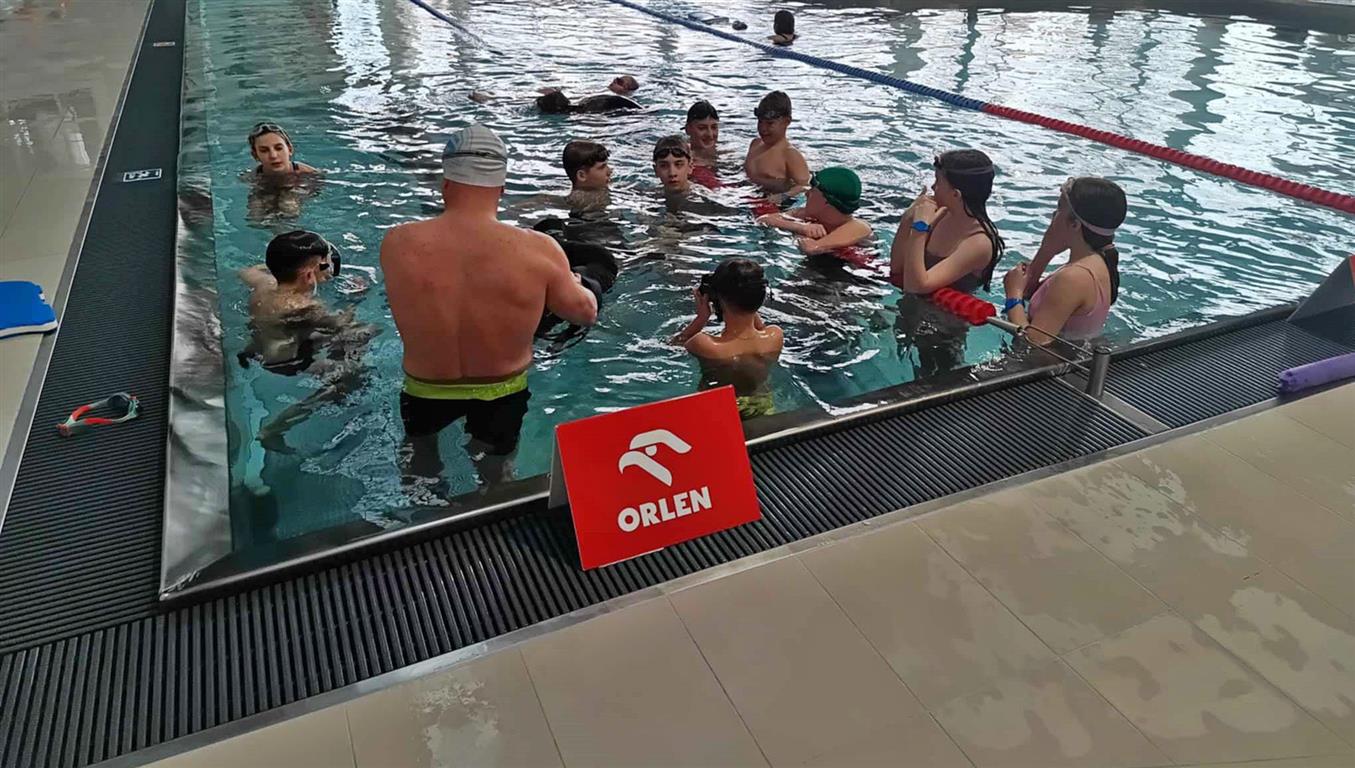
Auschwitz Museum has made available a website that allows searching information about the people deported to the German Auschwitz camp, as well as learn details about most of the transports to this place.
Paweł Sawicki from the institution's press office announced on Tuesday that the website of the ofiary.auschwitz.org currently contains data of 1187 transports and over 265.7 thousand people. The information was compiled based on about 1 million entries from documents.
According to the museum director Piotr Cywiński, "regaining and showing the identity of specific Auschwitz victims is an extremely important part of our mission".
The SS stripped the victims of their humanity, but also - by destroying evidence of the crimes - aimed to erase their identity. For the camp authorities, the victims were just numbers. For us, each of these individuals has their own name, face, and story. The victims.auschwitz.org website is much more than just a research tool. It is a memorial built step by step to honor the memory of the victims of Auschwitz, which not only allows us to see individual people, but also - by presenting the system of transports - shows the horrific scale of the terror system of Nazi Germany,- he said.
Deputy director of the museum Rafał Pióro emphasized that the new website is the result of years of work by a team of archivists and historians.
One of our common missions is to preserve the memory of all those deported and imprisoned in the Auschwitz camp, which is why, apart from researching archival documents, it is so important to make them available. I hope that it will be useful not only to researchers, but also to everyone who wants to learn and tell about the tragic fate of people in Auschwitz, - he noted.
Ewa Bazan from the analysis and archival information section of the Auschwitz institution pointed out that the list of victims available on the website has now been enriched with a chronology of transports to Auschwitz.
In the individual record of each transport, there is information such as the number of people deported, the range of numbers issued to men and women, and in the case of Jewish transports, the number of people murdered in gas chambers immediately after the selection,- she explained.
Individual transports are linked to the names and surnames of prisoners, according to the ranges assigned during the registration of camp numbers. This allows for the attribution of information about a specific person to the appropriate transport.
Data about individual transports are also presented in the form of an interactive map.
According to the head of the analysis and archival information section Krzysztof Antończyk, the available information is not yet complete, and the process of completing it will take several more years.
The tool is already advanced enough that we have decided to make it public in its current form, he said.
Germans established the Auschwitz camp in 1940 to imprison Poles. Auschwitz II-Birkenau was created two years later. It became a place of extermination of Jews. A network of sub-camps operated in the camp complex. In Auschwitz, the Germans murdered at least 1.1 million people, mainly Jews. Out of approximately 140-150 thousand Poles deported to the camp, almost half of them died. Romas, Soviet prisoners of war, and people of other nationalities also perished in Auschwitz.

 1 rok temu
1 rok temu








![Nowa pływalnia w Poznaniu prawie gotowa. Tak wyglądają teraz wnętrza [ZDJĘCIA]](https://storage.googleapis.com/poludniowaoficyna-pbem/zwielkopolski24/articles/image/2ebbcf38-a7d8-42e0-b625-3fe46a630aaf)





![Fatalny dylemat Ukrainy. Donald Trump może postawić ją przed wyborem dwóch opcji — obu tragicznych [OPINIA]](https://cdn.wiadomosci.onet.pl/1/V4Ok9lBaHR0cHM6Ly9vY2RuLmV1L3B1bHNjbXMvTURBXy8xNzM1ZGI0NDFkNWJiZjVjODI2MzM3ZmU3ZmI4ZjBlOS5qcGeSlQMAF80MbM0G_ZMFzQlgzQZA3gACoTAHoTEE)

![Świętowali trzy dekady działalności. Związek Gmin Lubelszczyzny docenił doświadczonych samorządowców [ZDJĘCIA]](https://static2.supertydzien.pl/data/articles/xga-4x3-region-swietowali-trzy-dekady-dzialalnosci-zwiazek-gmin-lubelszczyzny-docenil-doswiadczonych-samor-1765873173.jpg)